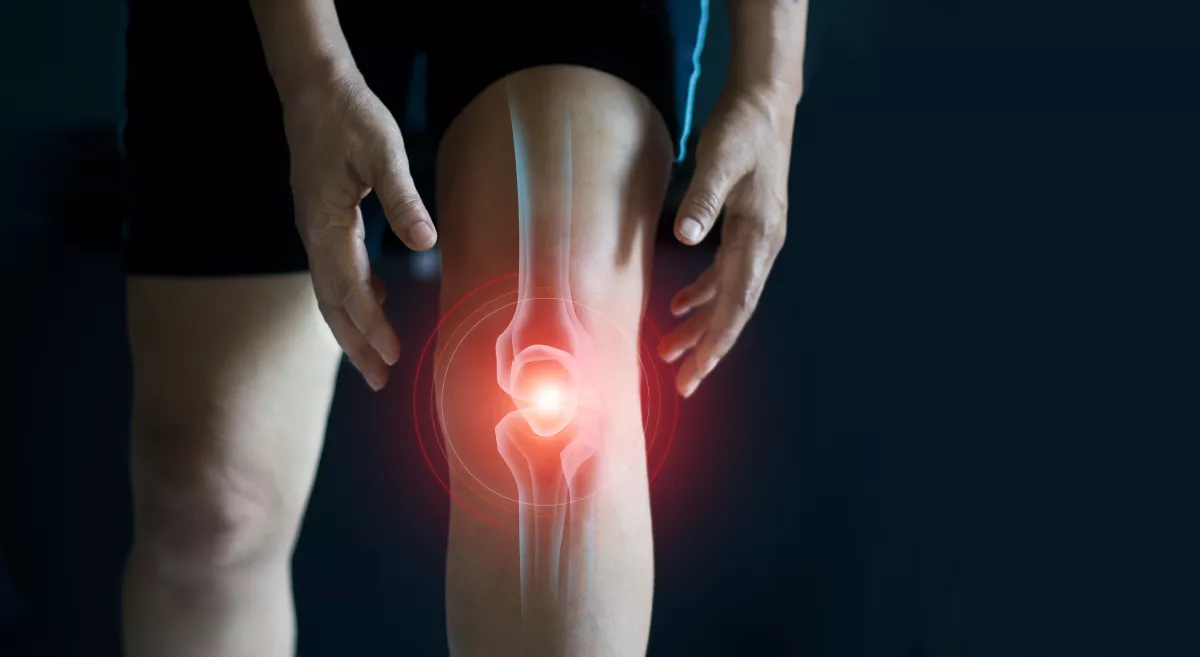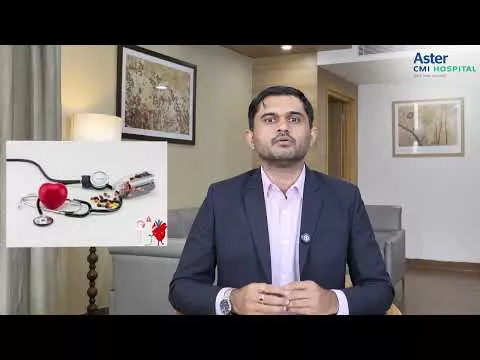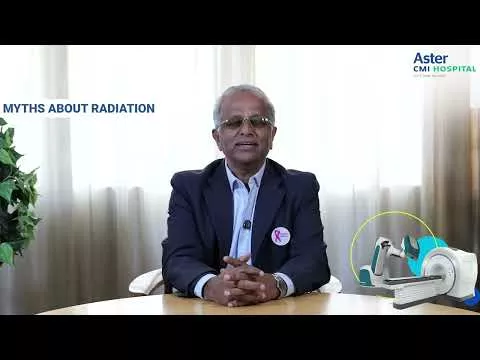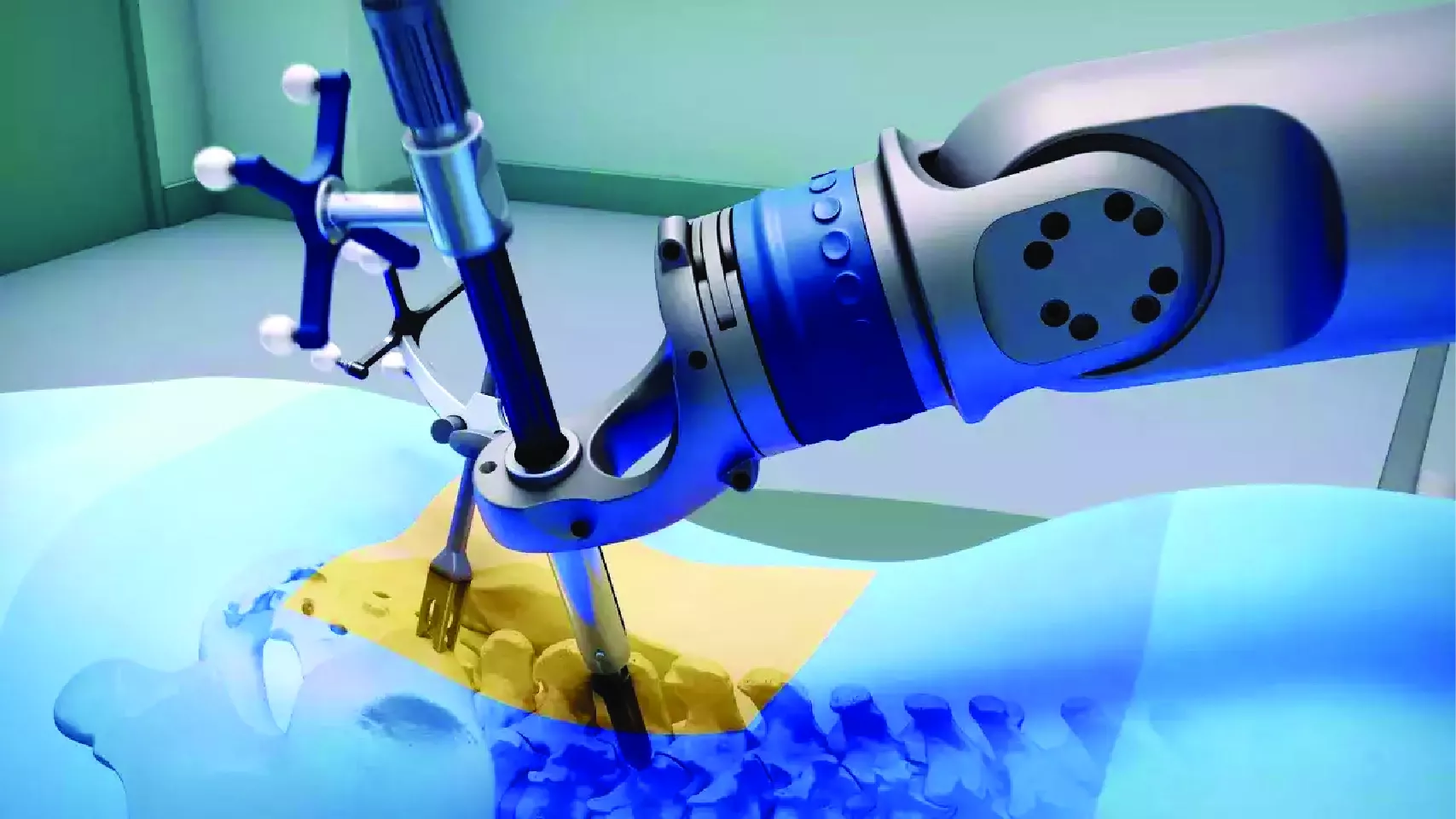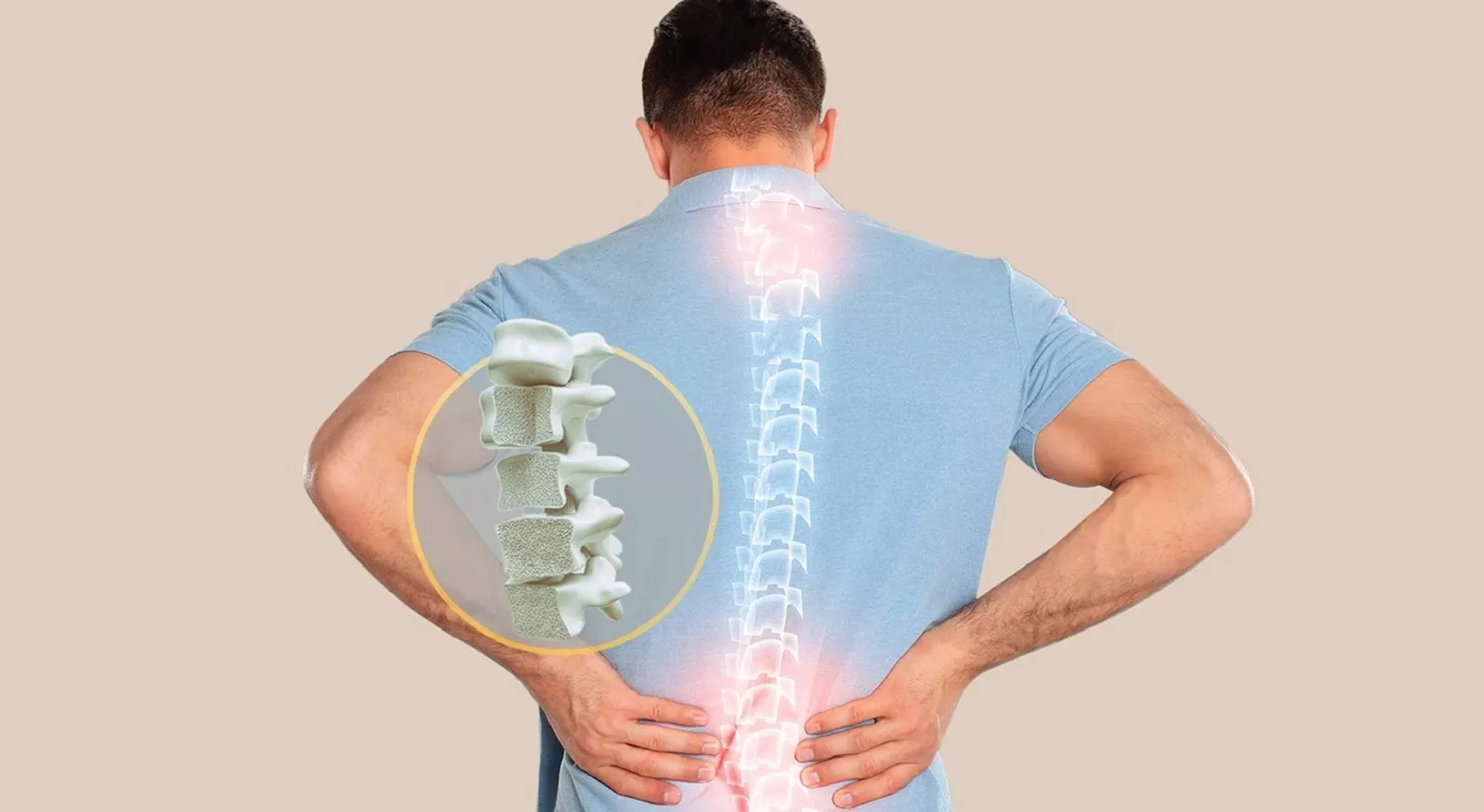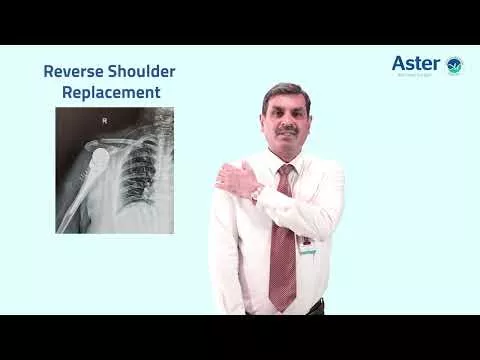Arthritis is a condition that results in joint inflammation and pain. There are 2 types of arthritis: Osteoarthritis (OA) and rheumatoid arthritis (RA). When the cartilage that resides between the bones in the joint breaks away, it causes OA which is the most prevalent type of arthritis. It is commonly known as "wear and tear" arthritis. Arthritis is a common ailment. OA is a primary cause of impairment in older people, affecting an estimated 7% to more than 500 million of the world's population. Many people seek timely guidance at an Orthopedic Hospital In JP Nagar Bangalore to manage such joint-related concerns effectively.
Types of arthritis
There are other types of arthritis besides OA and RA, including:
- Juvenile arthritis: This umbrella term refers to a collection of diseases that affect children
- Spondyloarthropathies: An autoimmune disease that affects the joints
- Systemic lupus erythematosus (SLE): This autoimmune disease can affect a variety of body tissues, including joints
- Gout: Urate crystals build up in the joints in this disorder
- Infectious and reactive arthritis: Infectious and reactive arthritis refers to joint inflammation caused by an infection
- Psoriatic arthritis: Almost one-third of persons with psoriasis suffer from this illness.
Here are some of the myths surrounding arthritis that may help you understand arthritis myths and arthritis facts.
Myth 1: Only older people get arthritis
While the risk of arthritis grows with age - half of the people aged 65 and up have arthritis – the truth is that arthritis affects people of all ages, including children and young adults. 300,000 children, adolescents, and adults suffer from juvenile arthritis and other rheumatic diseases.
Arthritis affects people of all ages, but it is more common in older people. According to one study, doctors diagnosed arthritis in 49% of adults aged 65 and up. Among these, 30% of adults between the age of 45 and 64 and 7% of people between the ages of 18 and 44 were diagnosed with arthritis. As discussed previously, RA manifests itself in a variety of ways among people of age 20 - 40.
Myth 2: Arthritis cannot be prevented
Although you cannot prevent arthritis, you can lessen your risk of developing it or delay the beginning of some forms. There are over 100 different forms of arthritis and related illnesses, and some risk factors, such as being female, are unavoidable. Other risk factors can be reduced by staying physically active, maintaining a healthy weight, wearing protective gear during sports, not smoking, avoiding overuse or strain, and practising excellent body mechanics during activities.
Myth 3: After diagnosis, there is nothing left to do for arthritis
Although there is no treatment for arthritis, there are many things that can be done to alleviate pain, lessen disability, and enable people to keep doing the things they enjoy. Many kinds of arthritis can be reduced in disability and quality of life with early diagnosis and suitable treatment options. Physical activity, a healthy weight, self-management education, rehabilitative therapies, medication, and, in extreme circumstances, surgery are all options.
The duration of the disease varies depending on the type. Many types of arthritis have medications that can help lessen symptoms and halt disease development. Certain types of arthritis can be slowed by adopting certain lifestyle modifications, such as keeping a healthy weight, quitting smoking, eating a nutritious diet, and getting enough sleep.
Myth 4: Wait till the joint pain symptom fade away
More than joints can be saved with early detection and treatment. Arthritis can harm the heart and other organs in some people. It is critical to understand the type of arthritis you have since treatment differs, and early treatment can help you avoid permanent joint and organ damage. So, if you are experiencing joint pain, schedule an appointment with the best orthopaedic doctor in Bangalore and explain all of your symptoms, as well as any family history or previous joint injuries. Many people prefer consulting Orthopedists In JP Nagar, Bangalore because of their expertise in treating a wide range of joint conditions.
A widespread misunderstanding is that an inflamed or sore joint needs to be rested. Muscle weakness, soreness, and stiffness can result from insufficient exercise.
People with arthritis should engage in some form of physical activity (as directed by a physician or physiotherapist/occupational therapist), such as:
- Mobility exercises to improve or maintain joint range of motion and flexibility(e.g., stretching)
- Strength exercises to build muscle strength, provide joint stability, and improve function (e.g., weight-bearing activities)
- Aerobic exercises to improve Cardiovasc fitness (e.g., walking or cycling).
Myth 5: Weather changes can make arthritis worse
There is a long-held belief that damp and rainy weather aggravate arthritic symptoms. However, it is not conclusive, and not everyone with arthritis appears to be affected by the weather.
Despite medical breakthroughs, we still have a lot to understand about arthritis. However, by adopting a healthy lifestyle that includes exercise and a well-balanced diet, we can lower our risk of developing arthritis and slow its progression. Better treatments will undoubtedly emerge as scientists continue to research these illnesses.
Myth 6: Nightshade vegetables worsen arthritis
Nightshade vegetables, such as tomatoes, eggplant, potatoes, and peppers, have long been associated with arthritis. Some people feel that particular foods worsen arthritis symptoms. But there is no proof that nightshade veggies cause inflammation or worsen the symptoms of arthritis. The Arthritis Foundation, on the other hand, recommends anti-inflammatory meals such as antioxidant-rich coloured fruits and vegetables, omega-3-rich oily fish, nuts and seeds, and legumes to be added to your diet.
FAQs
1. What factors make arthritis worse?
Overweight and obese make arthritis worse.
2. What is the most painful type of arthritis?
Rheumatoid arthritis is one of the most painful types of arthritis.
3. Can arthritis travel around the body?
In Migratory Arthritis, the pain spreads from one joint and begins to impact another.
4. What triggers arthritis inflammation?
Arthritis inflammation is mostly triggered by overdoing an activity or trauma to the joint.
5. How do you calm an arthritis flare-up?
To ease the pain of an arthritis flare, hot and cold compresses can help.
